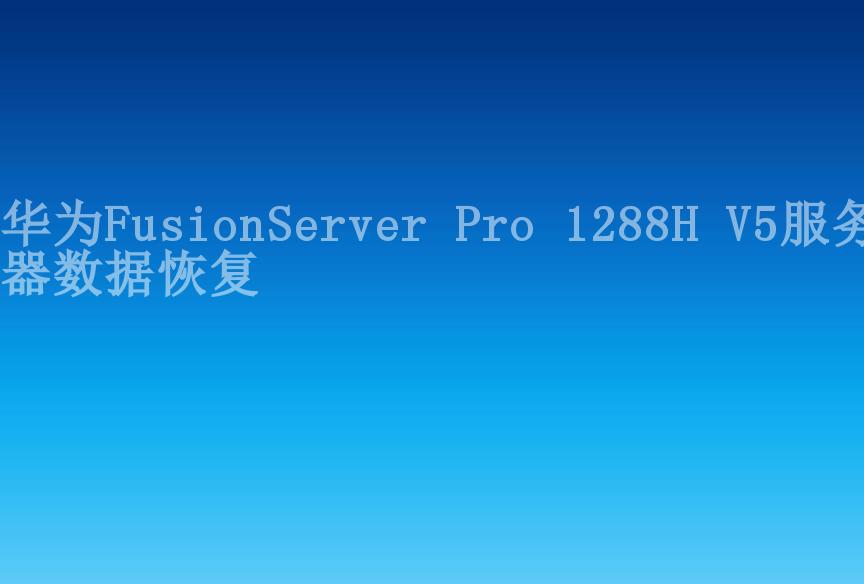raid5丢失分区 (解决方法与步骤)
下面内容仅为某些场景参考,为稳妥起见请先联系上面的专业技术工程师,具体环境具体分析。
2023-11-07 08:20 112
RAID 5 is a data storage technology that uses striping with parity to ensure fault tolerance. In RAID 5, data and parity information are distributed across multiple drives, providing both speed and redundancy.
If a partition is lost in a RAID 5 array, the data stored on that partition will be compromised. However, RAID 5's fault tolerance allows the array to continue functioning even with the loss of one drive. The missing data can be rebuilt using the parity information stored on the remaining drives.

To recover a lost partition in a RAID 5 array, you would first need to identify the failed drive in the array. This can be done using RAID management software or through physical inspection of the drives. Once the failed drive is identified, it needs to be replaced with a new drive of the same or larger capacity.
After replacing the failed drive, the RAID array will automatically start rebuilding the lost partition by using the parity information from the remaining drives. This process can take some time, depending on the size of the array and the workload on the system.
It is important to note that RAID 5 can only tolerate the loss of one drive. If multiple drives fail or if another drive fails during the rebuilding process, the entire array could be compromised and data loss may occur.

To ensure the data on a RAID 5 array is protected, regular backups are recommended. Backups provide an additional layer of protection in case of any hardware failure or data corruption within the array.












